Automotive
RTI accelerates the development of software-defined vehicles by providing an interoperable, secure and scalable communication framework.
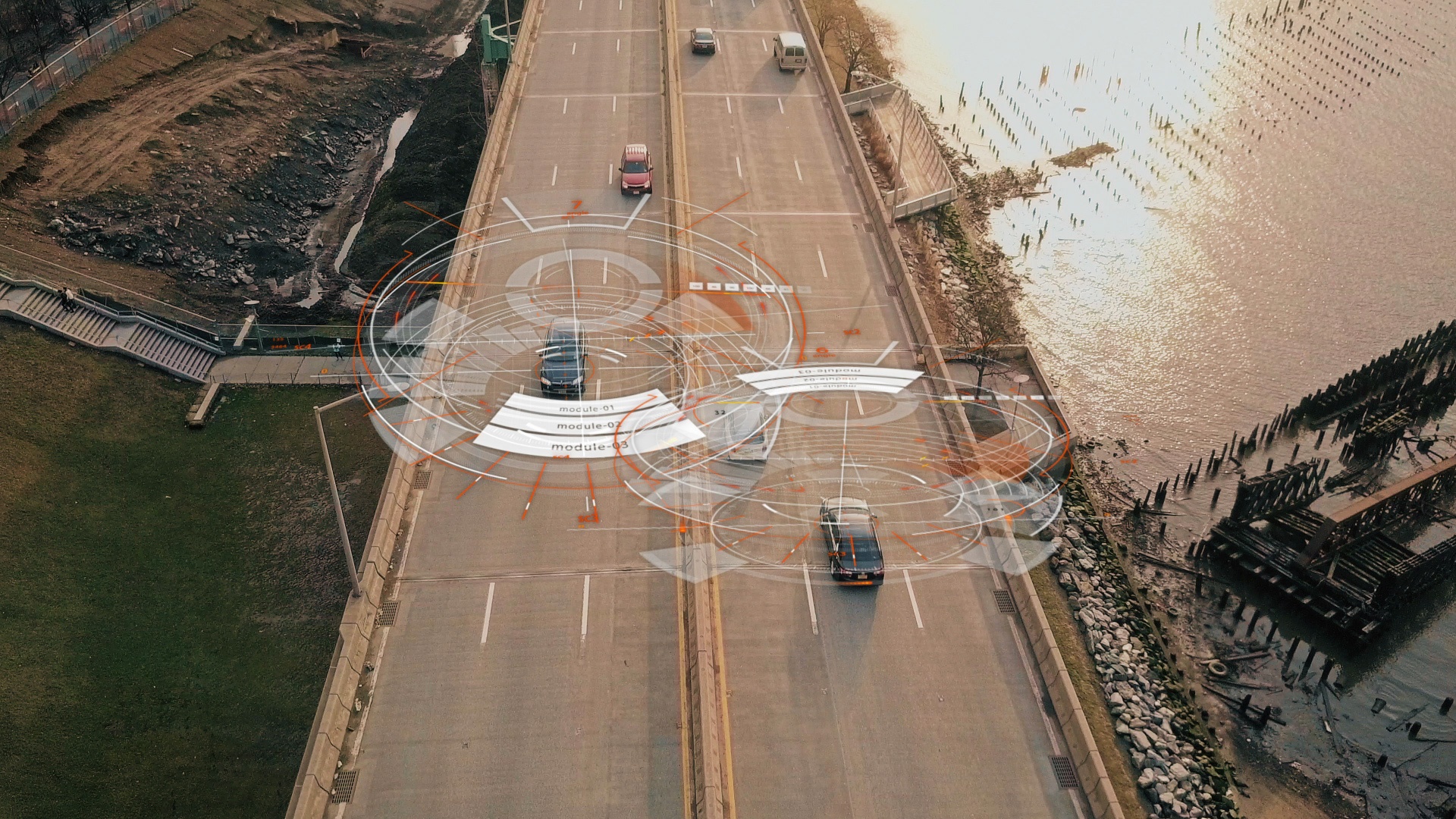
Software-defined
Standards-based
Communication
Pathway to Safety Certification
Real-time Telematics Applications
Communication Framework for Software-Defined Vehicles
The rise of electric vehicles (EVs) and the definition of the software-defined vehicle (SDV) is even more disruptive to the automotive industry than the introduction of autonomous vehicles.
The SDV disruption is happening now, and it’s poised to transform the industry. Tomorrow’s vehicle designs must be able to overcome communication constraints while providing flexibility, scalability, compatibility and upgradability on different hardware components. To streamline production-readiness, EV manufacturers need a proven pathway to safety and cybersecurity certification for their next-generation software-defined vehicles.
RTI technology is used by the world’s leading auto manufacturers to enable communication at the zonal architecture, high-performance compute systems, digital cockpit and all the way to the cloud. Today, traditional and non-traditional automotive companies use RTI technology to manage critical vehicle communications in a wide variety of innovative SDV projects.
A rapidly-evolving industry demands a revolutionary technology: RTI Connext Drive delivers the connectivity software framework and middleware required, from on- to off-vehicle applications, to support the development of tomorrow’s most innovative SDVs.
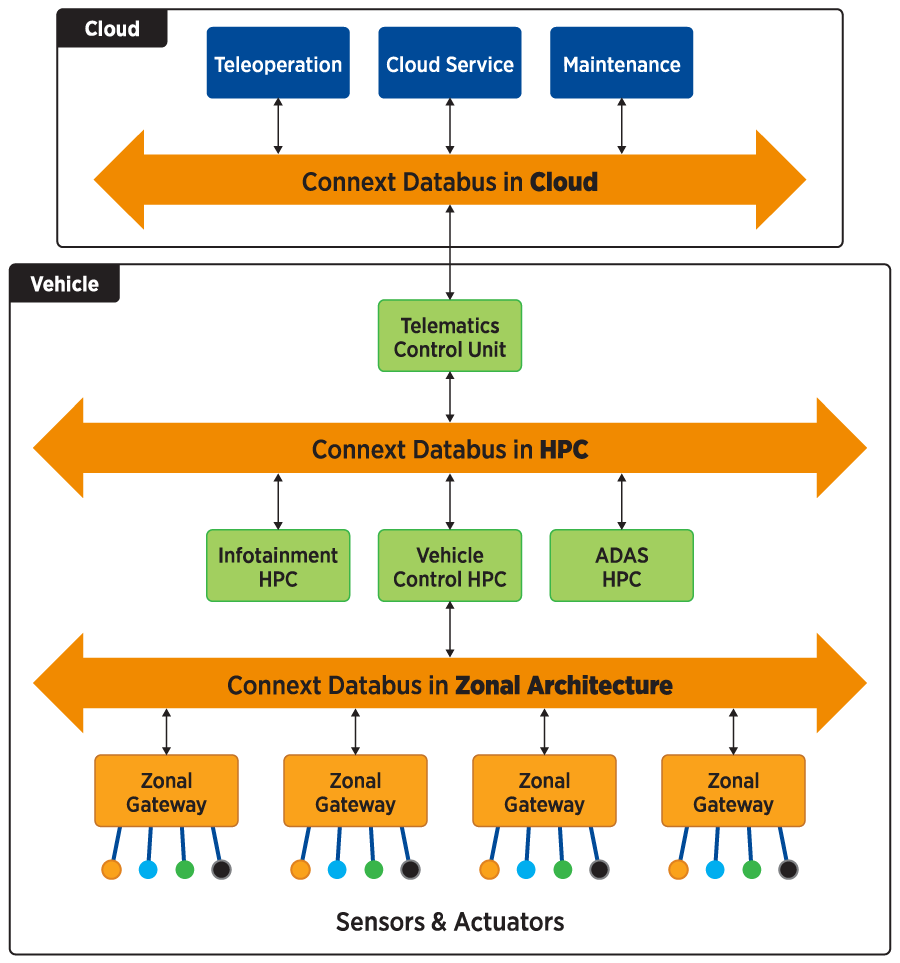
Applications
RTI technology securely connects distributed real-time systems across the automotive industry.

Software-Defined Vehicles
Reliable, real-time data transport for the architecture components of SDVs – from ECUs to zonal gateways to high performance compute.
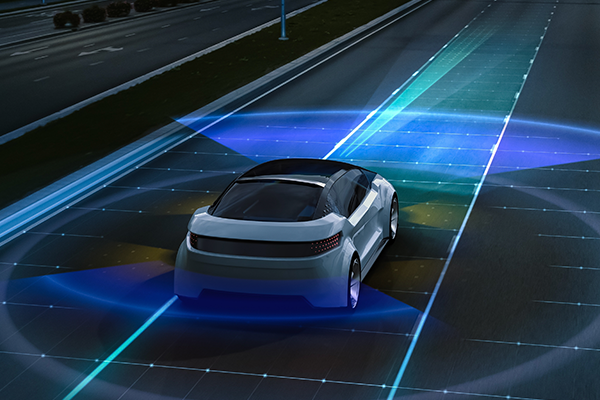
Autonomous Vehicles
RTI Connext Drive is the only connectivity framework that meets the requirements of highly and fully autonomous systems, and is proven in operational safety-critical, multi-billion dollar product lines.

Zonal Architecture
Connext Drive provides the framework needed to support next gen E/E zonal architecture in SDVs.

High Performance Compute
Automotive systems must consolidate and process large amounts of different data flows to a central location.
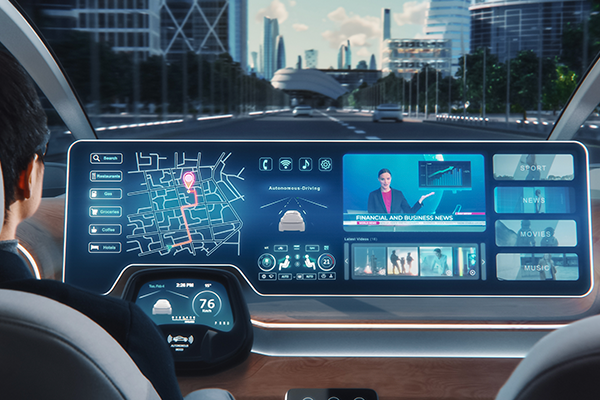
Digital Cockpit
Connext Drive delivers modular connectivity for modern vehicle information and entertainment services, accelerating development and productivity.
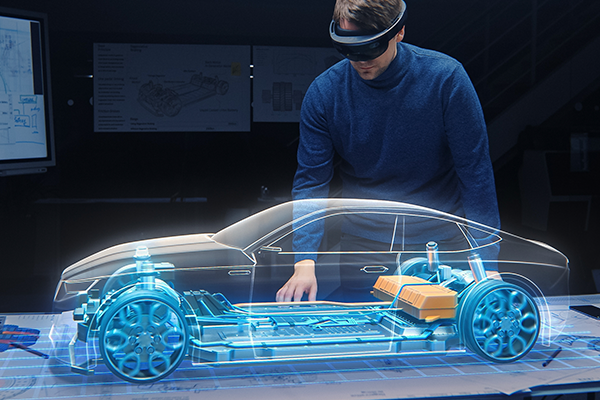
Testing and Simulation
Continuously examine performance and reduce unpredictable behaviors through a comprehensive testing and simulation framework.

Telematics
High-fidelity real-time communication for telematics applications, even over diverse mobile, wide-area and public networks.
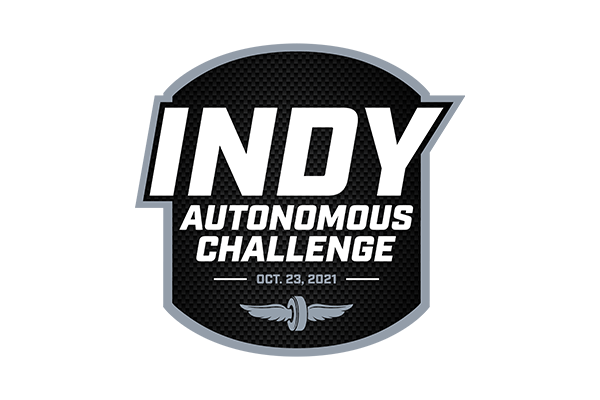
The Indy Autonomous Challenge
On October 23, 2021, history was made in autonomous driving. RTI is proud to be part of an elite group of automotive and technology collaborators in supporting this first-of-a-kind event.
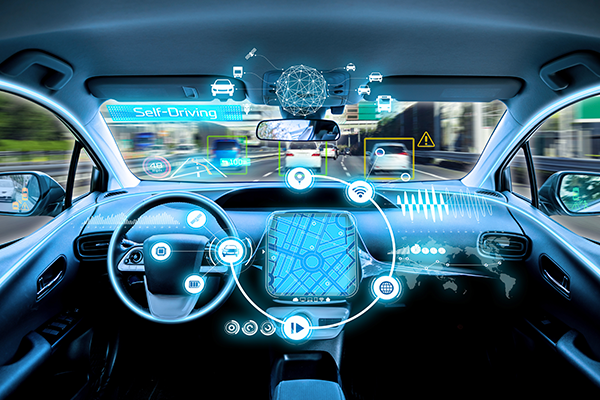
R&D Support for Autonomous Vehicle Design
RTI Connext Drive accelerates development of robust autonomous systems, giving developers an efficient path from prototyping to production.
RTI is active in many of the leading consortia working to accelerate the software-defined era, including:





RTI Connext Drive:
The technology to help automakers streamline their go-to-market journey through the leading safety-certified, data-centric communications framework for SDVs.
Looking for more? Check these out:
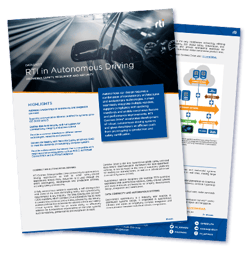
RTI in Autonomous Driving
Giving developers an efficient path from prototyping to production and safety certification.
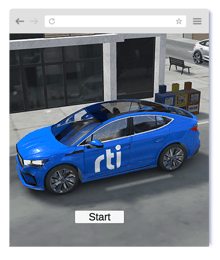
Interactive Use Cases
Learn how Connext Drive works to solve your latest connected car challenge.

Automotive Resources
Our library of resources includes whitepapers, webinars and briefs guiding the automotive industry through the transition to SDVs.
Check Out Who's Using RTI Connext Drive
As the only standards-based communications framework that can meet the industry’s stringent safety, security and performance requirements, RTI software runs in production-grade vehicles around the world. Customers are using Connext Drive to prototype, build, test and run SDV projects. These industry leaders are selecting RTI to meet the performance, safety and security requirements that are critical to the automotive market.





 Success-Plan Services
Success-Plan Services